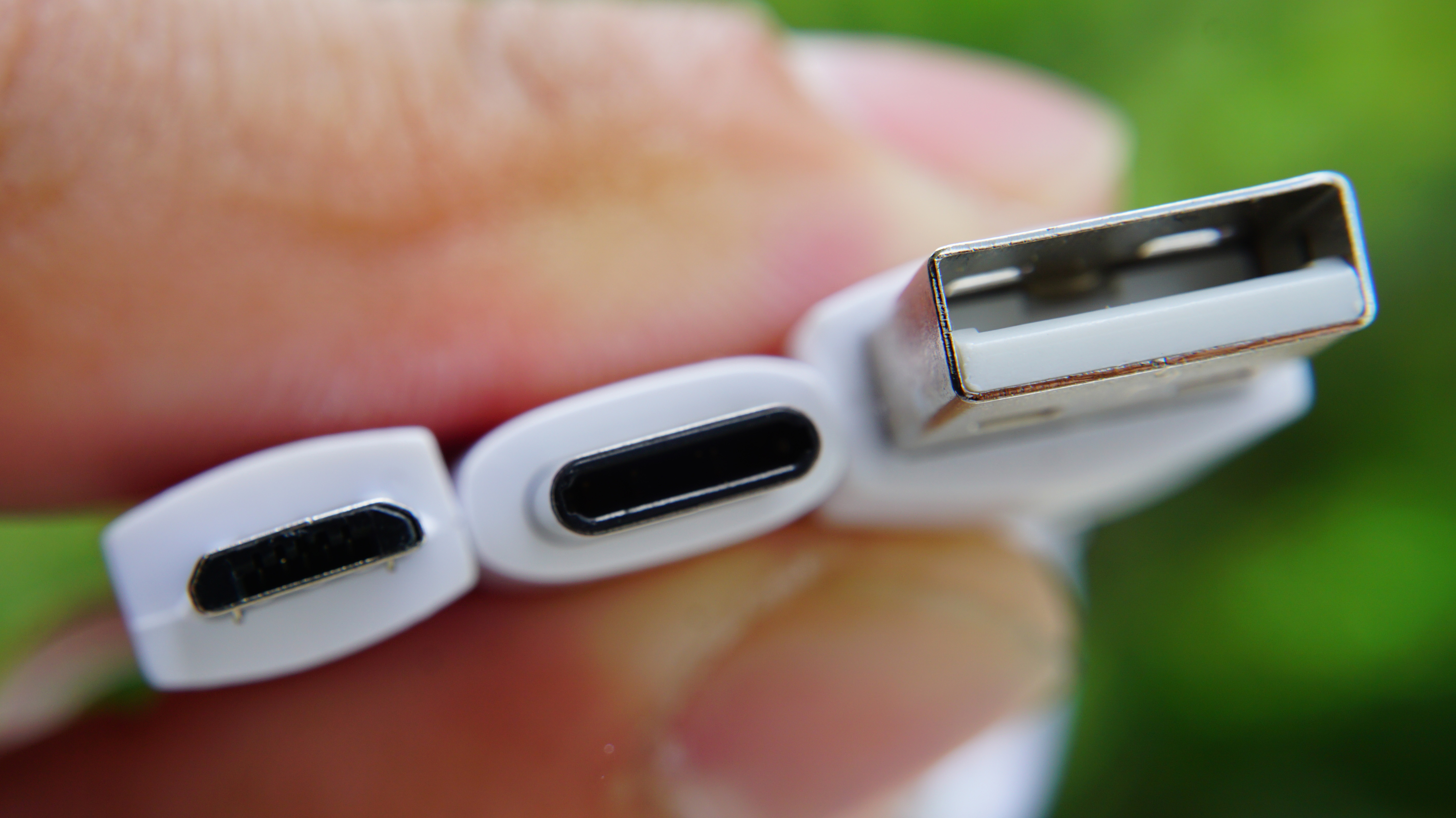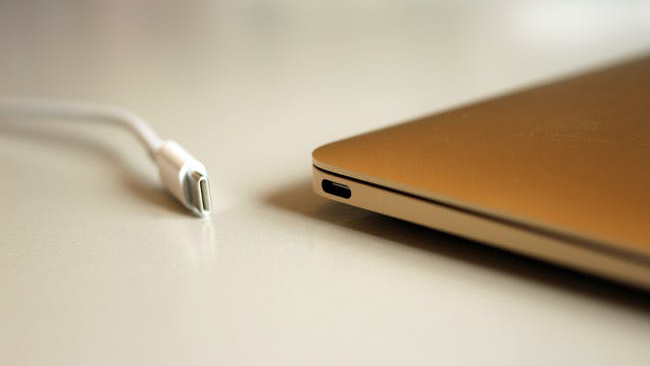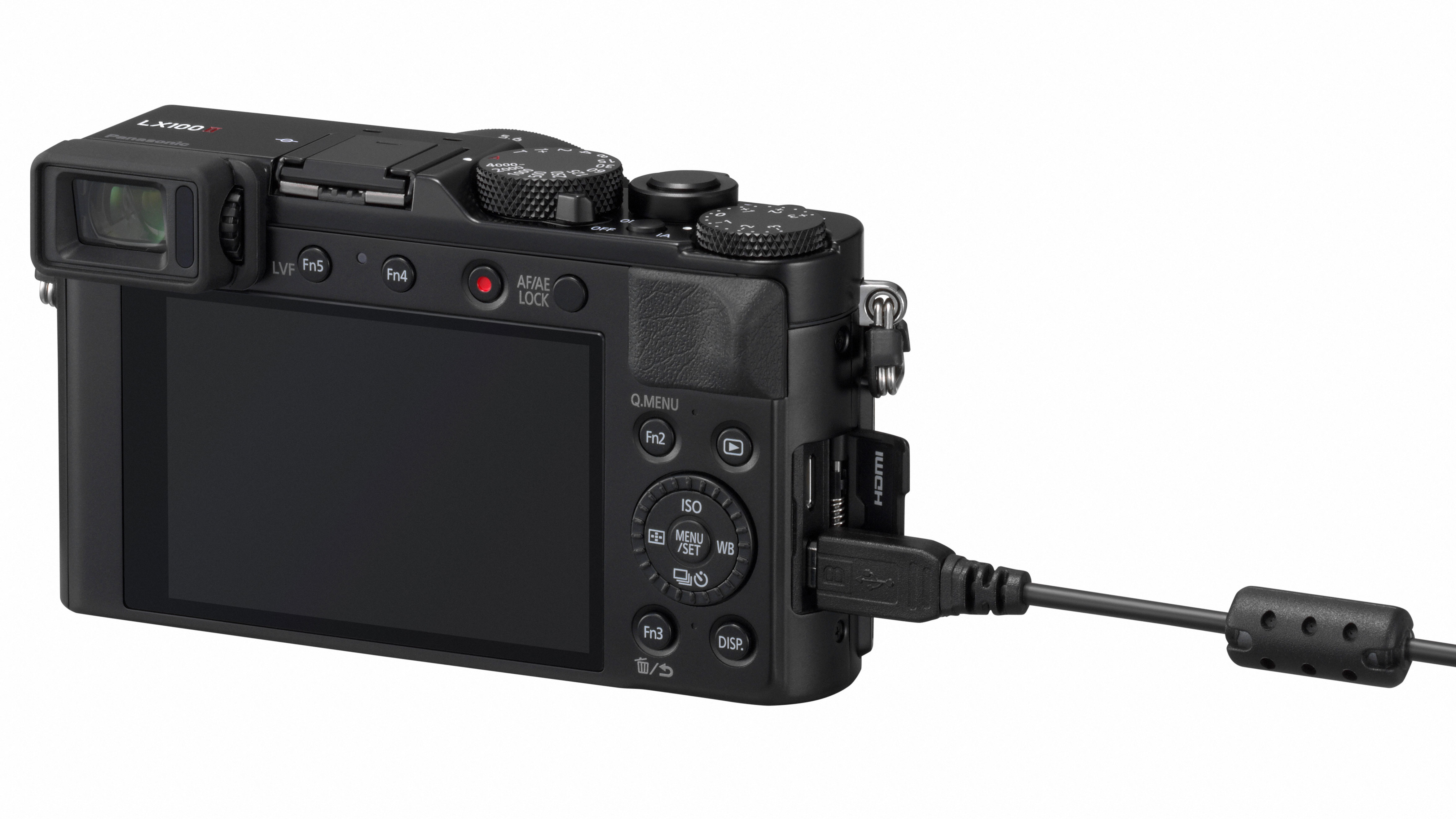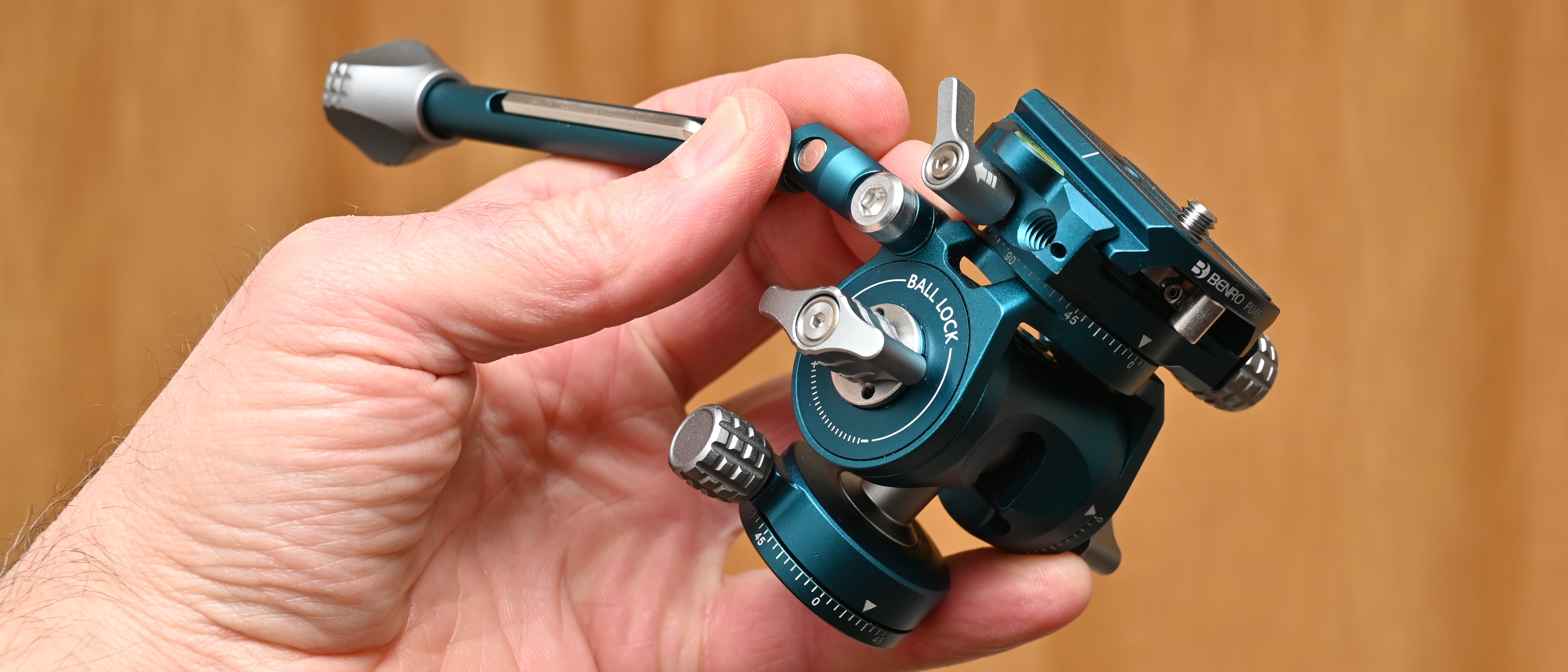USB is about to get even faster, and it'll do it using your existing cables
USB4 Version 2.0 will double transfer speeds to 80 Gbps, all while using the same Type-C cables

True to past form, the USB world is about to get even more incomprehensible. Just when USB4 was helping us forget the USB 3.1/3.2/Gen1/Gen2 headache, the USB Promoter Group has announced the upcoming release of USB4 Version 2.0 (side note - apparently the spelling is indeed USB4, not USB 4. Consistency has never been a major concern when it comes to USB naming/numbering convention).

Where the original USB4 standard enabled transfer speeds up to 40 Gbps, the new Version 2.0 revision theoretically doubles this to 80 Gbps by using a new "physical layer architecture". What's more, this speed increase is possible while still using existing 40 Gbps-rated Type-C 'passive' USB cables. However, the USB Promoter Group also reveals that dedicated 80 Gbps 'active' cables are also in development. Quiet why these would be necessary if existing 40 Gbps cables can already be 'overclocked' to transfer at 80 Gbps is as yet unknown - we speculate that the new cables may be able to sustain higher speeds for longer, or could simply be future-proofed to handle even higher transfer speeds?
Aside from a 2x increase in raw data throughput, the new USB4 Version 2.0 benefits also include "updates to data and display protocols to better use the increase in available bandwidth", as well as "USB data architecture updates [which] now enable USB 3.2 data tunnelling to exceed 20 Gbps". We can also expect the latest version to be backward-compatible with the original USB4 standard (now called USB4 Version 1.0), USB 3.2, USB 2.0 and Thunderbolt 3.

At this stage we can safely assume we won't see cameras supporting USB4 Version 2.0 for quite some time, as camera USB interface technology tends to lag behind that of desktop and laptop computers. Take, for instance, the Nikon D7500. Released in 2017, it still made do with a USB 2.0 connection, a full six years after USB 3.0 was introduced.
Even laptops and desktop computer motherboards with USB4 (Version 1.0) haven't been around for long, so don't expect to see USB4 Version 2.0-equipped machines any time soon, either.
Read more:
The best portable hard drives for photographers
Get the Digital Camera World Newsletter
The best camera deals, reviews, product advice, and unmissable photography news, direct to your inbox!
Best external hard drives for photographers: desktop storage for backing up images
Ben is the Imaging Labs manager, responsible for all the testing on Digital Camera World and across the entire photography portfolio at Future. Whether he's in the lab testing the sharpness of new lenses, the resolution of the latest image sensors, the zoom range of monster bridge cameras or even the latest camera phones, Ben is our go-to guy for technical insight. He's also the team's man-at-arms when it comes to camera bags, filters, memory cards, and all manner of camera accessories – his lab is a bit like the Batcave of photography! With years of experience trialling and testing kit, he's a human encyclopedia of benchmarks when it comes to recommending the best buys.

